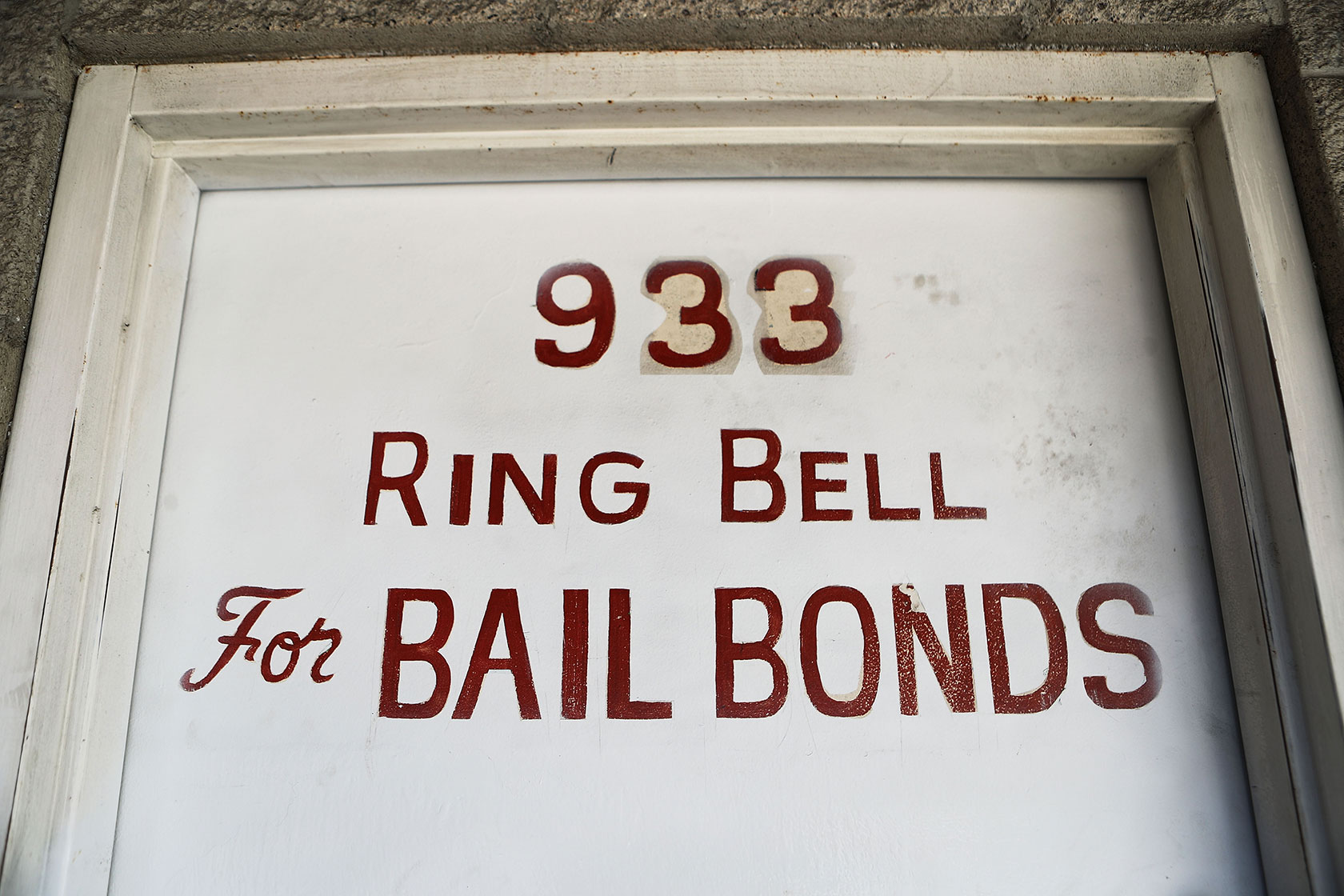Navigating the Bail Bonds Process Made Straightforward and Easy
Comprehending the complexities of the bail bonds procedure is essential for any person dealing with the unexpected obstacle of securing an enjoyed one's launch from custody. By acquainting oneself with the duties involved, consisting of that of the bail bondsman and the elements that affect bail quantities, people can browse this complicated situation with greater confidence and clearness.
Understanding Bail Bonds
Bail bonds function as an essential mechanism within the criminal justice system, enabling people charged with a criminal activity to secure their release from protection while awaiting trial. The bail process starts after an arrest, where a court identifies whether bail is appropriate and establishes the quantity based on various aspects, consisting of the extent of the infraction and the accused's flight risk.
When bail is established, accuseds can opt to pay the sum total or look for support from a bail bond agent. The agent generally charges a non-refundable charge, normally a portion of the overall bail, and offers the court with a guaranty bond. This bond assures the court that the accused will certainly stand for all set up hearings. If the defendant falls short to appear, the bond representative may be responsible for covering the complete bail amount, resulting in possible lawsuits to recover losses.

Bail bonds not just help with a smoother transition back to life outside of incarceration but also promote the concept of presumed innocence up until tried and tested guilty. Recognizing the bail bonds procedure is necessary for accuseds and their families navigating the complexities of the legal system.
How Bail Amounts Are Established
The resolution of bail quantities is a critical action following the initial hearing after an apprehension. Juries take into consideration multiple aspects when establishing bail, aiming to balance the defendant's civil liberties with area safety and the probability of the accused showing up in court.
To start with, the nature and intensity of the charges play a considerable role. Extra significant offenses usually result in higher bail quantities, mirroring the perceived danger to public safety and security. Secondly, the offender's criminal background is examined; repeat transgressors might deal with steeper bail due to issues regarding recidivism.

Economic standing is one more factor to consider, as courts aim to establish bail amounts that are reasonable yet sufficient to make sure compliance with court orders. Ultimately, the goal of bail is to protect the offender's existence at future court looks while decreasing dangers to the general public. Comprehending these requirements can debunk the bail-setting procedure for people navigating these difficult circumstances.
The Function of a Bail Bondsman
Browsing the intricacies of the bail procedure can be frustrating, which is where a bondsman ends up being a very useful source. craven bail bonds mansfield ohio. A bond bondsman acts as a financial intermediary between the accused and the court system, facilitating the release of individuals who can not pay for to pay the complete bail quantity upfront
When an individual is detained, the court generally sets a bond quantity based on the severity of the costs. If the implicated can not pay this amount, a bail bondsman can provide a surety bond, assuring the court that the bail will be paid. The bail bondsman typically requires a non-refundable cost, normally a percent of the total bail, which compensates them for the threat they presume.
In enhancement to economic help, a bond bondsman offers advice throughout the bail procedure, helping customers recognize their rights and commitments. By leveraging their proficiency and links within the judicial system, bail bondsmen streamline the release procedure, i thought about this easing some of the stress for households throughout a tough time.
Actions to Secure a Bail Bonds
Safeguarding a bail bond entails a methodical process that guarantees people can reclaim their freedom while awaiting trial. The initial step in this process is to gather necessary information pertaining to the detained individual, including their complete name, scheduling number, and the fees they are encountering. This info is important for the bondsman to examine the instance precisely.
Following, contact a reputable bail bondsman to review the details (craven bail bonds mansfield ohio). During this appointment, the bondsman will clarify the conditions, including the premium, which commonly varies from 10% to 15% of the complete bail quantity. It is likewise crucial to recognize any collateral demands that may be essential to safeguard the bond
Once you have actually concurred on the terms, the bail bondsman will certainly complete the needed documentation. After bail bond how it works the documentation is authorized, the bondsman will upload the bail with the court, facilitating the release of the individual from custody.
What Occurs After Posting Bail
After uploading bail, the person is generally released from safekeeping, enabling them to return home while awaiting test. This process notes a considerable change, as the accused can now plan for their legal procedures in an extra comfortable environment. Particular responsibilities accompany this flexibility.
Upon launch, the individual should stick to particular conditions set by the court, which might consist of normal check-ins, travel constraints, or preserving a defined distance from certain individuals. Offense of these problems can lead to abrogation of bail and prospective re-arrest.
Furthermore, the charged need to remain proactive in their legal defense. This includes attending all set up court appearances and coordinating with their lawyer to develop a solid situation. It is vital to understand that bail does not relate to a pardon; the lawful procedure continues up until a verdict is gotten to.
Last but not least, it is important to communicate with the bondsman relating to any type of changes in situations or if support is required. By comprehending these responsibilities and maintaining open lines of check interaction, the person can browse this difficult period with greater confidence and assistance.
Conclusion
